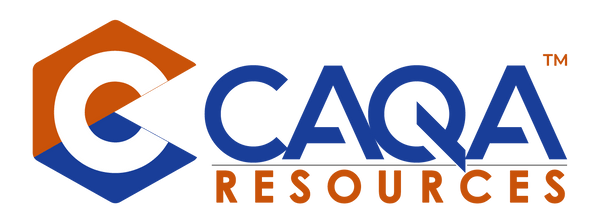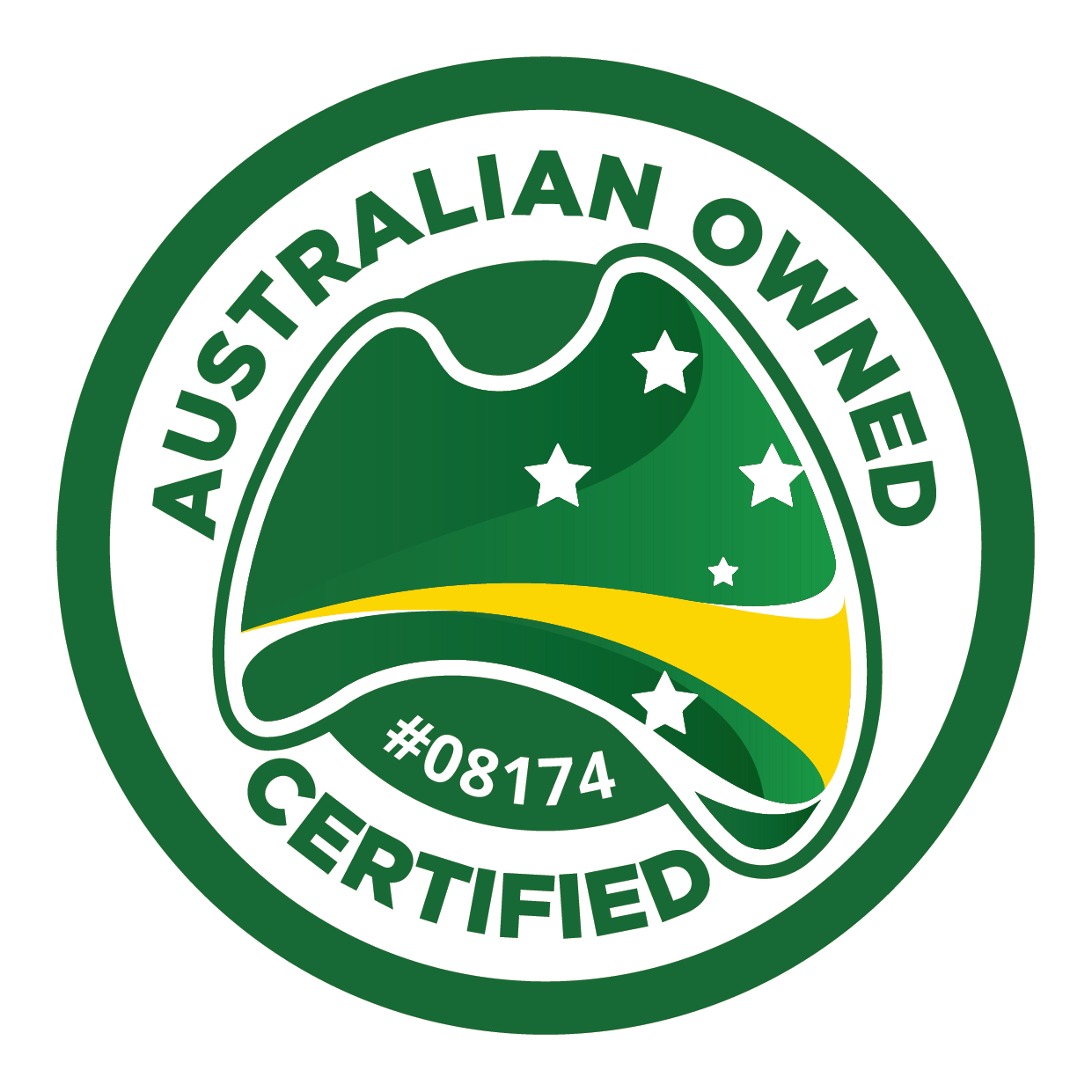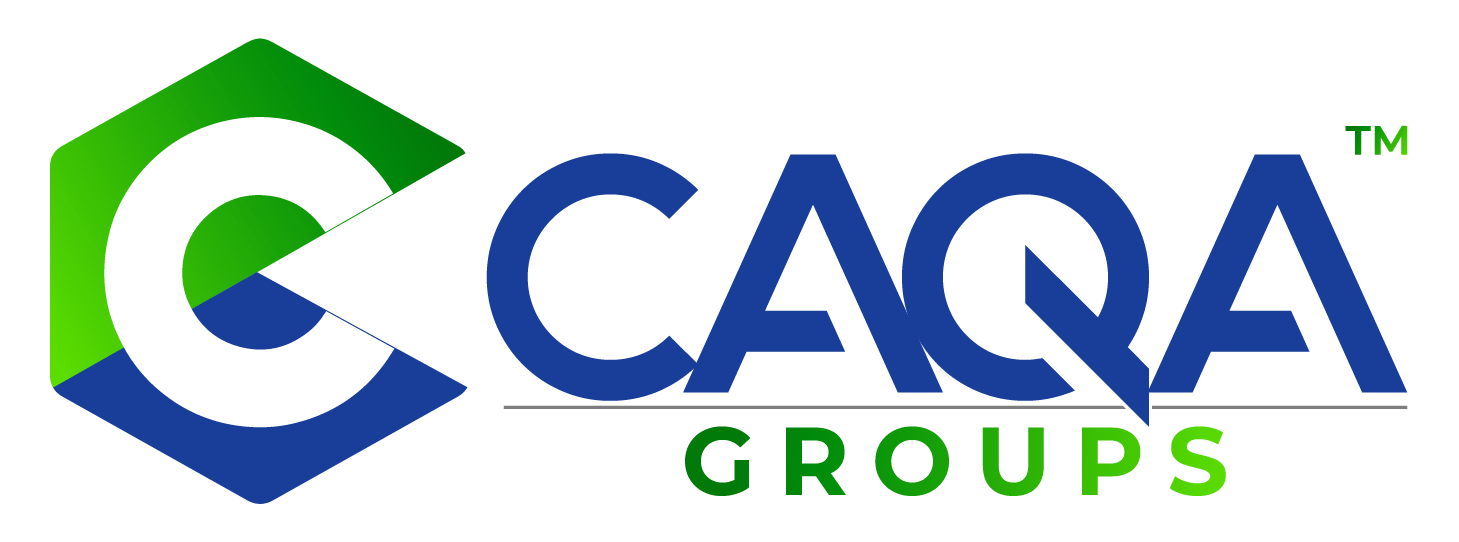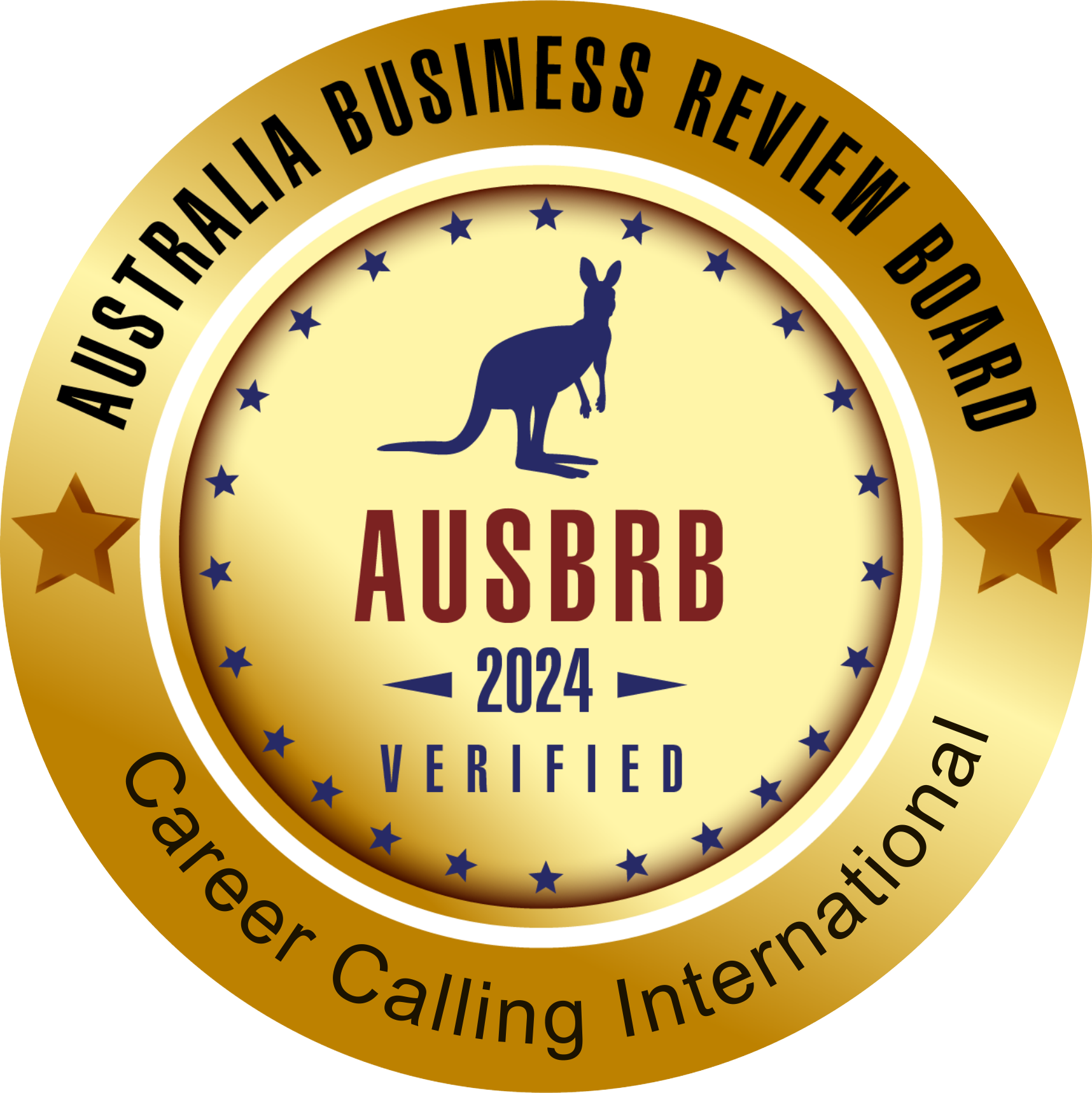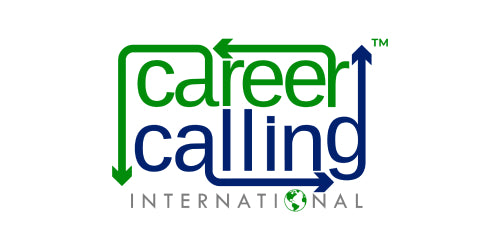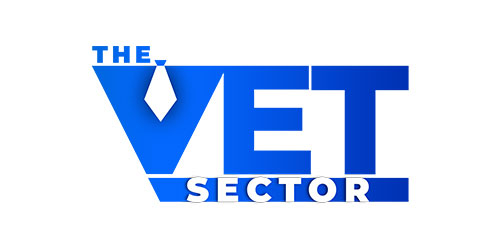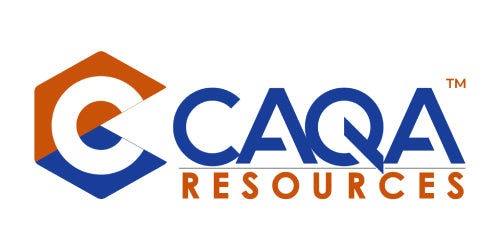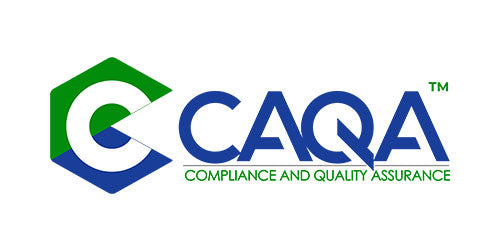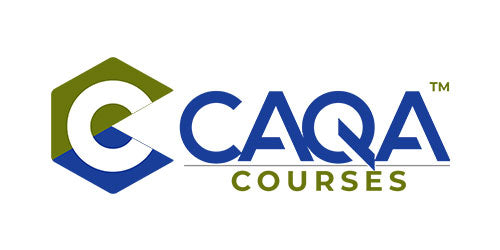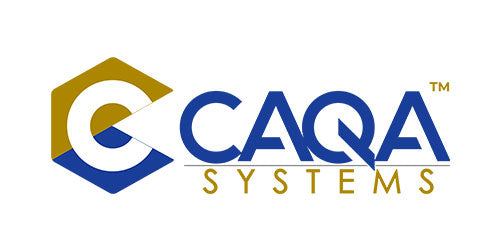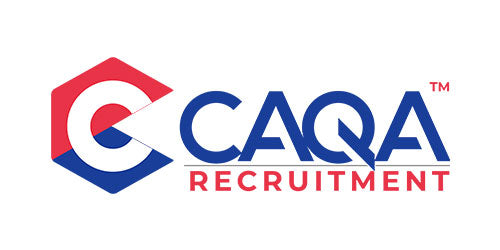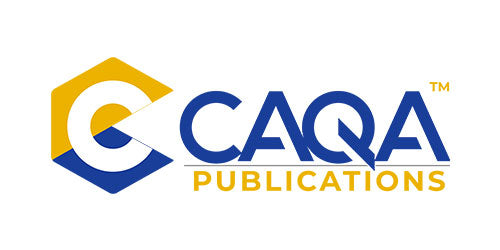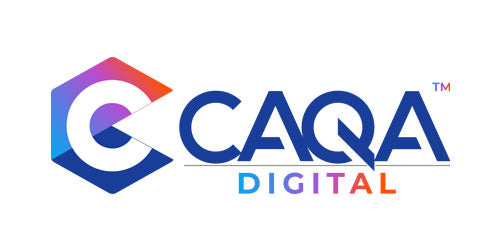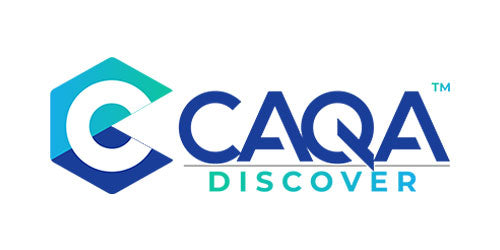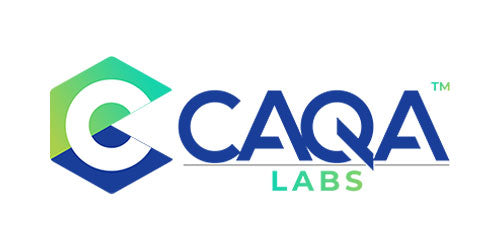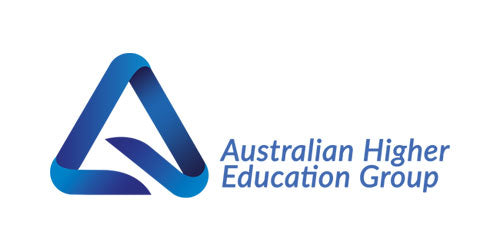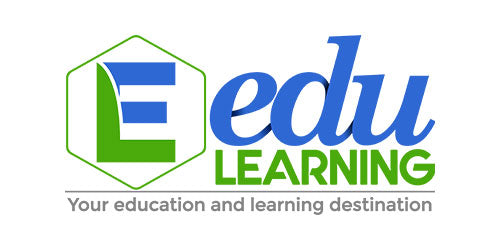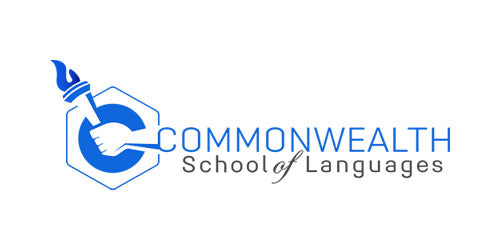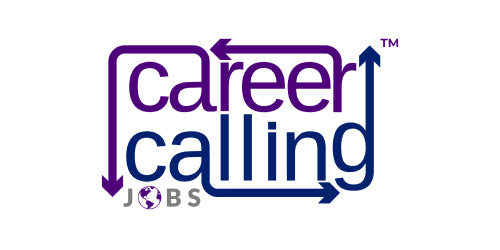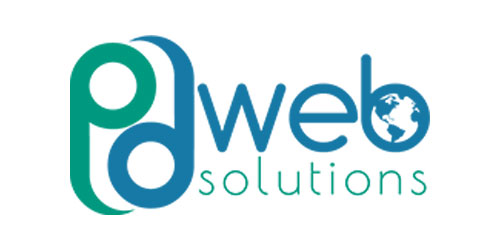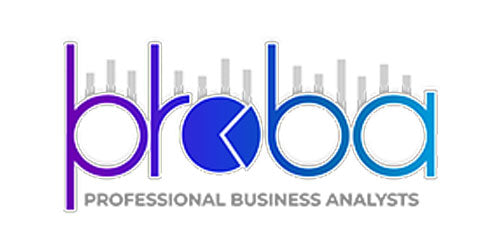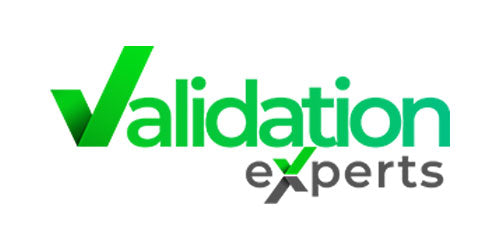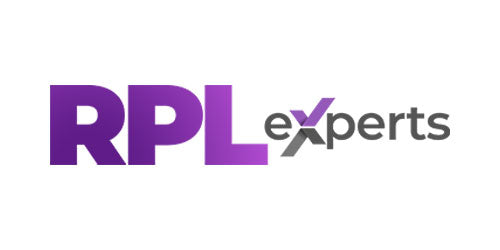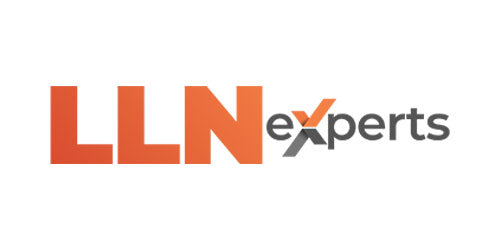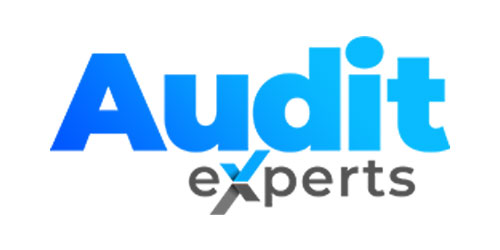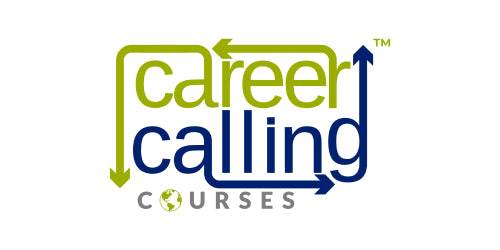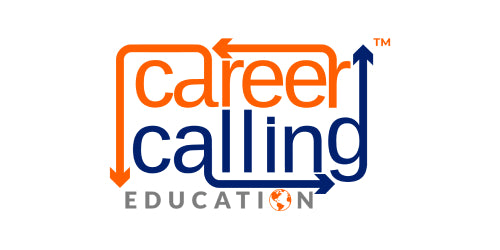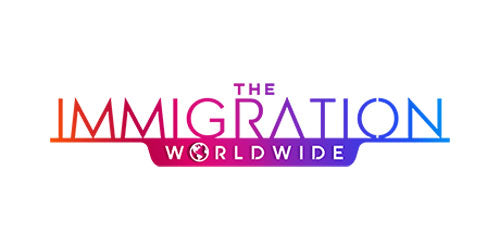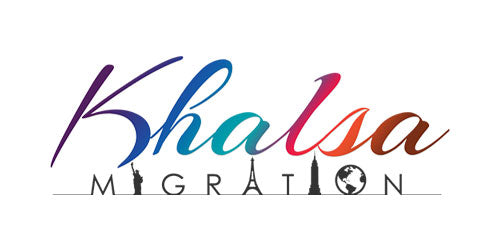Blended learning - The best of online and offline learning
Blended learning is a teaching approach that combines both online and offline learning. It offers the best of both worlds - the flexibility and convenience of online learning, combined with the personal touch and social interaction of offline learning. This approach has many benefits, including the ability to cater to different learning styles and providing more flexibility for students.
Caters to different learning styles
One of the biggest advantages of blended learning is that it caters to different learning styles. Some students prefer to learn independently, while others prefer face-to-face interaction. Blended learning gives students the best of both worlds by providing opportunities for both types of learners.
Increased flexibility and convenience
Another benefit of blended learning is that it is more flexible than traditional classroom instruction. Students can access course materials and complete assignments on their own time, which can be helpful for those with busy schedules. The online component of blended learning can be accessed anywhere at any time, meaning students can study around their busy schedules. Additionally, online resources can often be more engaging than traditional teaching methods, which can help keep students interested in their studies.
Additionally, blended learning allows students to receive feedback and support from instructors when they need it.
The list of other benefits include:
- Improved engagement and motivation - students are more engaged when they mix online and offline learning
- Greater variety of instructional methods - teachers can use a mix of online and offline methods to best suit their students' needs
- Enhanced mastery of content - students have more opportunities to learn and practice new skills
- Blended learning allows students to work at their own pace, which helps ensure that all students receive the instruction they need.
- Teachers have more time to individualise instruction for each student.
- Blended learning allows students to get more hands-on experience.
- Students can more easily stay engaged in learning when they are able to use different methods.
- Blended learning can help students learn problem-solving skills.
- Students can learn new information more easily when it is reinforced with different methods.
- Blended learning can help students become more comfortable with technology.
- Blended learning can help students develop teamwork skills.
- Blended learning can help students be more successful in college.
- Blended learning can help students develop lifelong learning skills.
However, blended learning is not just about using online resources; it's also about incorporating face-to-face interactions into the learning process. This can include anything from group work and discussions to one-on-one meetings with instructors. By ensuring that students have opportunities to interact with their peers and educators, blended learning can create a more well-rounded learning experience.
Overall, blended learning is a great way to improve student achievement while also catering to different learning styles. Students who use this approach tend to perform better academically and are more engaged in their education. If you’re looking for a new and innovative way to learn, blended learning is definitely worth considering.









